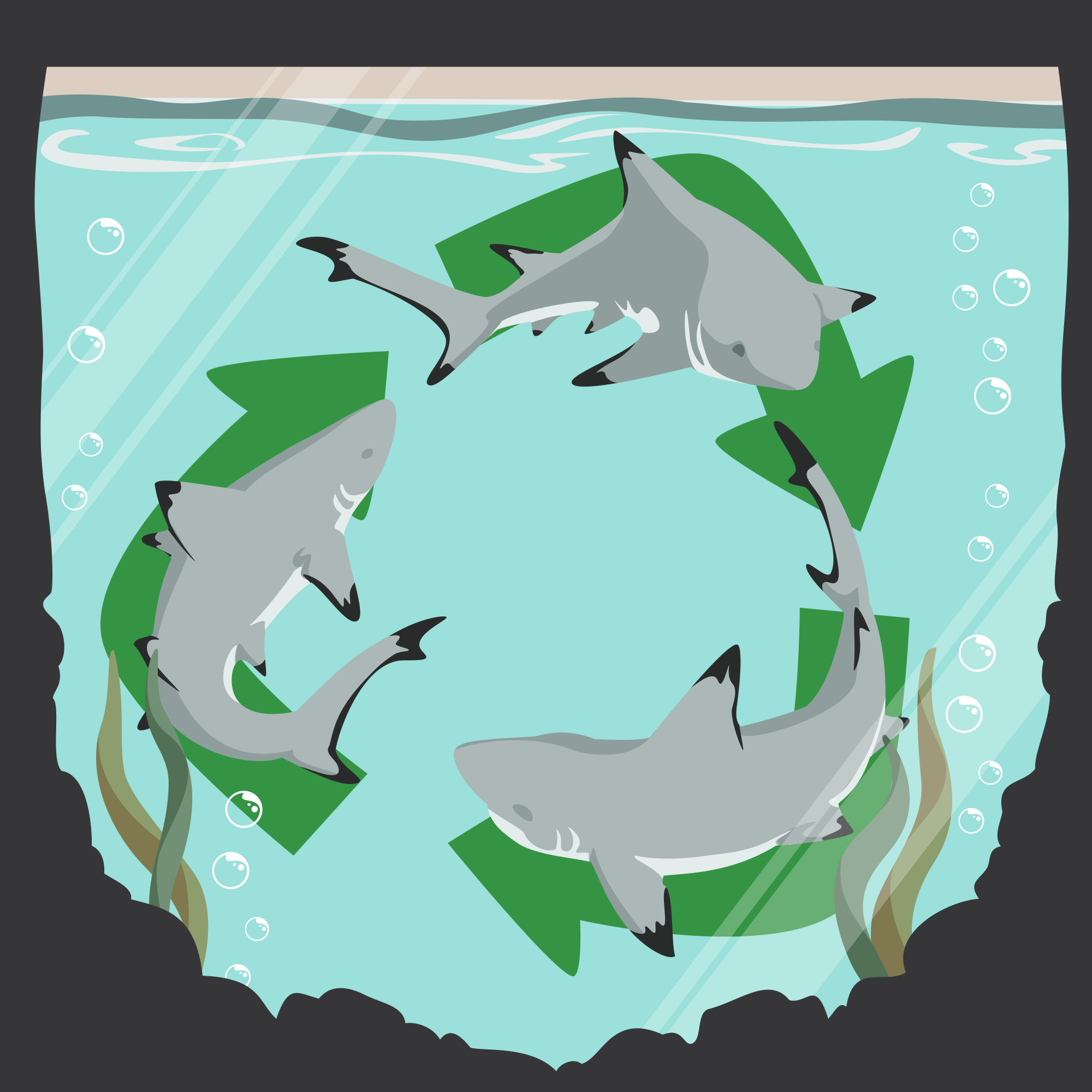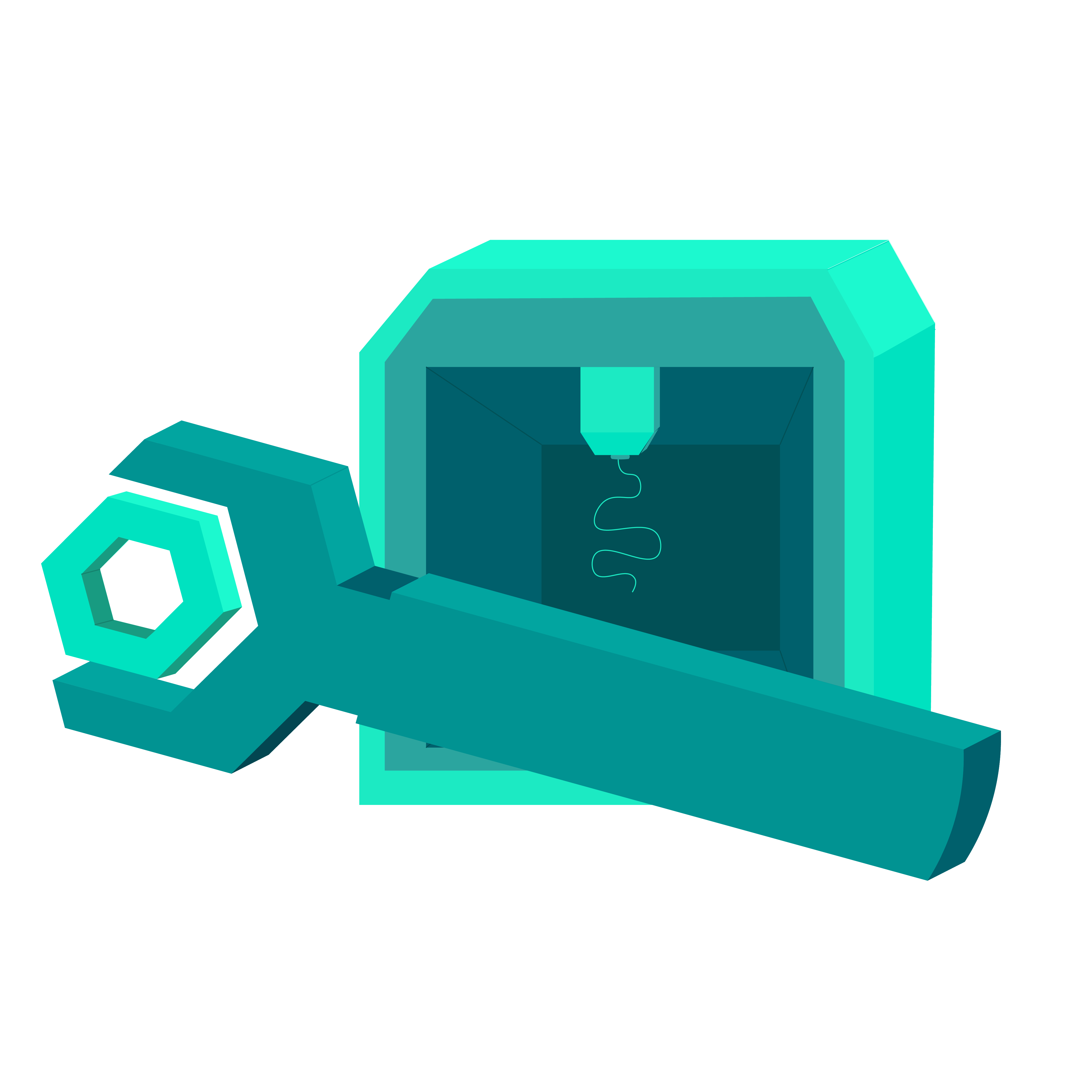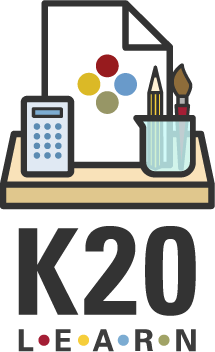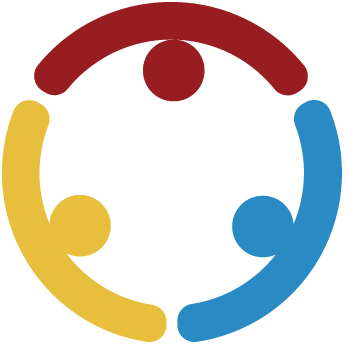
This lesson focuses on the benefits, costs, and risks of creating products to protect natural systems and life on Earth. Students will design a tool that can be used to conserve a natural resource, and then they will modify their original designs based on research and peer feedback. In groups, students... Read more »
Environmental Science
Grade Level
Subject
Course
Standards

Students will discover one of the primary purposes of 3D printing is the ability to create something you need, when you need it. They will use the free online platform Tinkercad to develop their understanding of 3D modeling and design. Based on that understanding, they will work in groups to complete... Read more »
Media Production: 3D Printing
Grade Level
Course
Standards

In this lesson, students gather information about traditional native homes before learning about the design of the First Americans Museum (FAM). Students next work in groups to create a design for a community center for a tribe. They write press releases to advertise their community center's design... Read more »
Traditional Tribal Architecture
Grade Level
Course
Standards

In this technology lesson, students will explore the science of laser cutters. Students will view a variety of videos on lasers, work in stations to develop Frayer Models, and build a shared definition of how a laser functions. The lesson concludes with students developing a product pitch for something... Read more »
Introduction to Lasers and Laser Cutters
Grade Level
Subject
Course
Related
Standards

In this technology lesson, students design and build a model home using their choice of either a 3D printer or laser cutter. To prepare, they brainstorm natural disasters, research architectural defenses, and explore the history of housing. Applying these concepts, they create and test homes designed... Read more »
Laser Cutters vs. 3D Printers
Grade Level
Subject
Course
Standards

In this activity, students design and construct a protective container to prevent a raw egg from breaking when dropped from a height. They will apply the engineering design process to brainstorm, to create a prototype, to test, and to refine their designs, emphasizing iteration, problem-solving, and... Read more »

In this activity, students create a scaled model of the solar system to understand planetary distances and sizes. They will collaborate, plan strategically, and adjust their designs based on real measurements, reinforcing the importance of accuracy, observation, and iterative improvements. Read more »

In this activity, students construct a building model capable of withstanding simulated environmental stress (like wind or weight). They will apply the engineering design process to explore materials, improve stability, and reflect on design choices. Read more »
Target Audience
Calendar Placement
Group Size
Family Engagement
Related

In this activity, students select a real-world problem, research solutions, calculate parameters, build a model, and test it. They will iterate their designs while reflecting on the effectiveness of their approach and the importance of data-driven decisions. Read more »
Target Audience
Calendar Placement
Group Size
Intention Or Purpose
Family Engagement

In this activity, students design and construct a working kaleidoscope using mirrors and reflective materials. They will iterate their designs to enhance visual effects, learning the importance of careful planning, testing, and collaboration. Read more »
Target Audience
Calendar Placement
Group Size
Intention Or Purpose
Family Engagement

